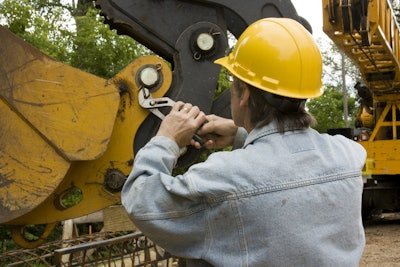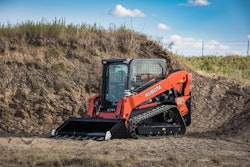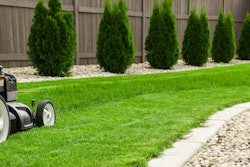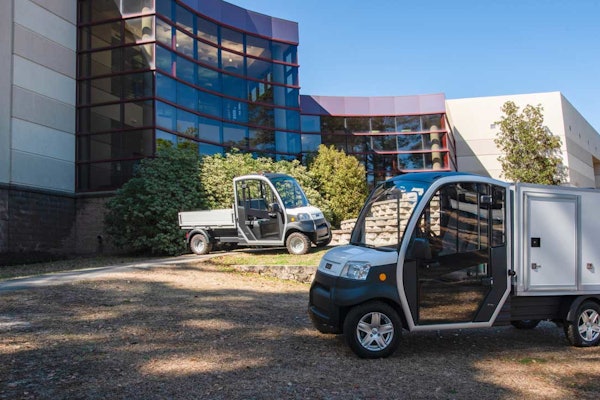
Although equipment breakdowns should be avoided at all cost through proper preventative maintenance, you can’t assume that it will never happen to you. Having a set plan of action will mitigate downtime and help you efficiently find a solution for your equipment troubles.
Here is an effective troubleshooting system to follow if a piece of machinery suddenly fails on the jobsite.
Verify the problem
Just like how anytime you call someone in IT for computer support they ask if you turned it off and back on, you need to make sure that there is, indeed, a real problem first. Find out what are the indicators of the problem, how the operator found the issue, what were the conditions when the problem occurred and if the trouble is constant or intermittent.
Observe what are the abnormal symptoms and examine the equipment log to make sure there hasn’t been some oversight in a basic maintenance need.
Narrow down the root cause
By testing the equipment and reading the machinery’s instruments, you may be able to narrow down the root issue, but disassembly may also be required to find the true problem.
Through process of elimination, check low maintenance items first to save time. Many owner’s manuals include troubleshooting checklists and guidelines, so these should serve as a key source of information and remove some of the educated guesswork.
Most intermittent breakdowns fall into one of three categories: thermal induced failure, mechanical induced failure and erratic failure.
Thermally induced failure of equipment happens when there is a huge fluctuation of temperatures. This can occur on extremely hot or cold days, where the equipment becomes overheated or is trying to warm up from freezing conditions.
Mechanical failures tend to happen after a collision, mechanical shock or operator abuse pushing the machine beyond its limits.
Erratic failures are the hardest to diagnose because they can happen randomly by sudden overloads of certain systems. Unfortunately, this often means trial and elimination until the problem is solved.
If you do have to dismantle part of the equipment, make sure systems are de-energized and off-line before starting.
Correcting the problem
Once you know what the problem is, you can perform the repair that will get the machine back up and running. If the repair could take considerable time, you might need to consider using a spare machine or renting another one. If you have a good relationship with your dealer and are letting them handle the repair, they could give you a loaner to help with productivity.
It’s important to have a parts strategy in place as well so once you know what the problem is, you have the parts on hand to correct it. This is why it's so important to maintain a parts inventory.
Verify the problem is corrected
After going through the process of remedying the issue, the last thing you want to do is assume the breakdown is corrected before testing the equipment.
You’ll want to check all the gauges and physical operations related to the repaired portion of the equipment. Follow the manufacturer’s recommended process to ensure the integrity of the systems.
Once the procedures are followed, establish normal operating conditions and monitor the machine while running.
Follow up to prevent future issues
To make sure future breakdowns are less frequent, consider following up with some of these precautions.
If the problem had to deal with something that could have been solved with preventative maintenance, consider altering the schedule or procedure.
Since the majority of breakdowns come from human error, take the time to conduct operator awareness training, as sometimes your employees may not be aware of the equipment’s limitations. By training your equipment operators, they are more alert to warning signals the machine may be presenting, preventing more costly breakdowns from happening.
If individual parts prove to be a frequent source of breakdowns, consider changing suppliers for the components so you have more dependable parts.
Make a point to keep detailed documentation of the problem and repair in the equipment’s logbook in case of similar problems in the future.









